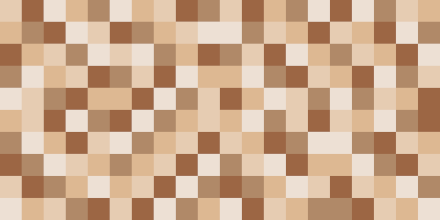Design of experiments and design theory

Design of experiments is a branch of statistics, and design theory is a branch of combinatorics, and yet they overlap quite a bit.
It's hard to say precisely what design theory is, but it's consider with whether objects can be arranged in certain ways, and if so how many ways this can be done. Design theory is pure mathematics, but it is of interest to people working in ares of applied mathematics such as coding theory and statistics.
Here's a recap of posts I've written recently related to design of experiments and design theory.
Design of ExperimentsA few weeks ago I wrote about fractional factorial design. Then later I wrote about response surface models. Then a diagram from central composite design, a popular design in response surface methodology, was one the diagrams in a post I wrote about visually similar diagrams from separate areas of application.
I wrote two posts about pitfalls with A/B testing. One shows how play-the-winner sequential testing has the same problems as Condorcet's voter paradox, with the order of the tests potentially determining the final winner. More seriously, A/B testing cannot detect interaction effects which may be critical.
ANSI and Military StandardsThere are several civilian and military standards related to design of experiments. The first of these was MIL-STD-105. The US military has retired this standard in favor of the civilian standard ASQ/ANSI Z1.4 which is virtually identical.
Similarly, the US military standard MIL-STD-414 was replaced by the very similar civilian standard ASQ/ANSI Z1.9. This post looks at the mean-range method for estimating variation which these two standards reference.
Design TheoryI wrote a couple posts on Room squares, one on Room squares in general and one on Thomas Room's original design now known as a Room square. Room squares are used in tournament designs.
I wrote a couple posts about Costas arrays, an introduction and a post on creating Costas arrays in Mathematica.
Latin SquaresLatin squares and Greco-Latin squares a part of design theory and a part of design of experiments. Here are several posts on Latin and Greco-Latin squares.
- How many Latin squares are there?
- Random Latin squares and aesthetics
- Latin squares and 3D chess
- Greco-Latin squares and magic squares
- Self-orthogonal Latin squares